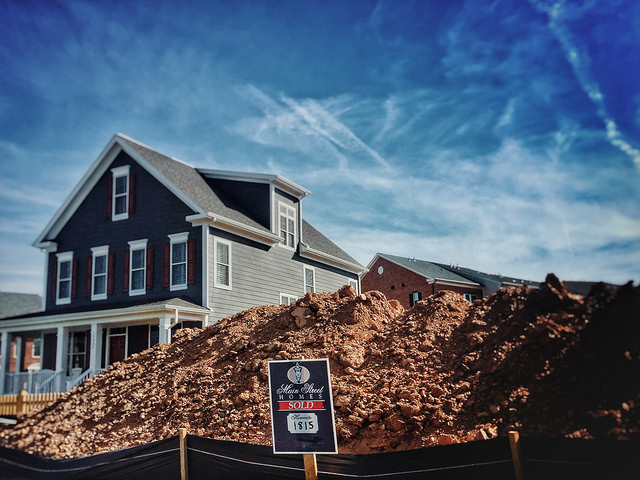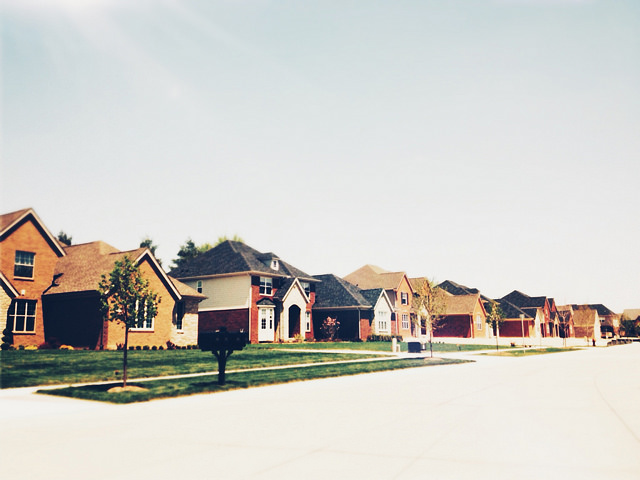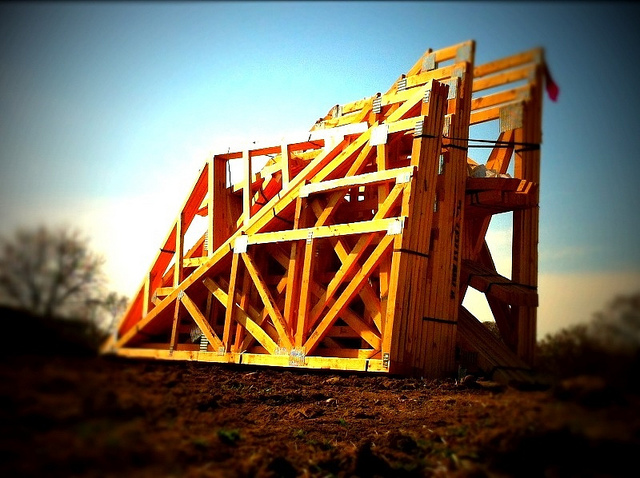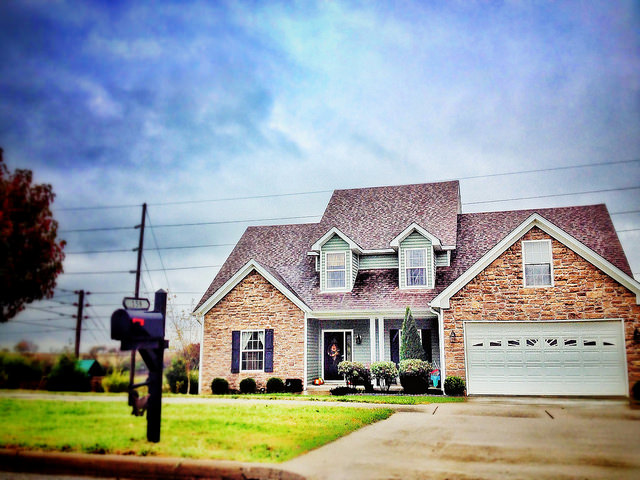There are a handful of common answers that come up time and time again when Americans are surveyed about their reasons for buying a home. For example, a desire for more space is always at or near the top of any list documenting prospective buyers’ main motivations. After all, if you’ve run out of space where you are – whether it’s because you’ve started a family or because you’ve got a lot of stuff – you’re probably going to be eager to move somewhere bigger. But though survey after survey finds we all share some common wants and needs when it comes to our homes, a new survey of young Americans who have never owned a home found a surprising reason behind their desire to become homeowners. So, what was it? Well, 42 percent of respondents said their dog, or desire to have one, was a key factor in wanting to one day buy a home of their own. And, though that may seem unusual to those of us who don’t have pets, those that do, more often than not, consider them a part of their family. So, for a renter who may have trouble finding a landlord that will allow pets at all or one that won’t charge them extra for having one, buying a home can provide a less stressful environment for both the homeowner and their beloved pet. More here.













